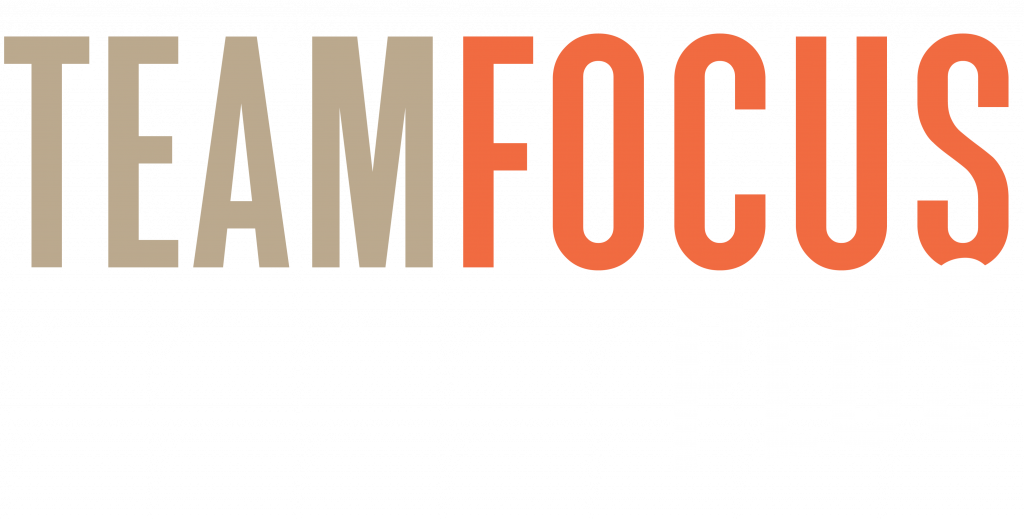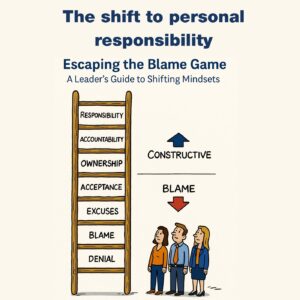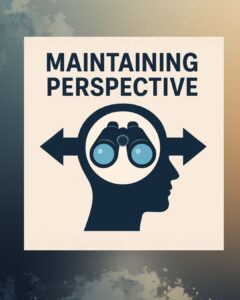Are you struggling with accountability in the workplace?
Do people honour their commitments, or do they play the “blame game”? How often do you hear someone say, “We need to hold people to account!”
Low accountability creates a low-trust culture that underperforms and frustrates managers and leaders. The good news? Building accountability is simpler than most think. The challenge is that many misunderstand what accountability really means—they believe it happens after the fact: “I have to hold them to account.”
True accountability starts before the event. The mindset shift is: “I have to get their commitment.” Once you have commitment, holding someone accountable becomes easy.
Here’s a three-step process to help you build a culture of responsibility and ownership in your workplace.
Step 1: Start with Personal Responsibility
If accountability is low, chances are people are stuck in excuses, blaming others, or denial. To fix this, help them move up the “Ladder of Responsibility” (pictured).
This is an excellent conversation to have with your team. People naturally understand why denial is at the bottom and what it takes to climb each rung. The key is to avoid asking, “Where are you?” Instead, ask, “What puts you here?” or “How long do you spend there?”
The goal is to minimise time on the lower rungs and maximise time on the higher rungs. Encourage self-reflection by asking:
What could I have done differently?
How did I contribute to this result?
Focusing on solutions sparks a mindset shift. People begin to think differently and naturally take more workplace responsibility—the first step in building a stronger accountability culture.
Step 2: Focus on Commitments
Rather than simply “holding people to account,” involve them in setting the expectation. Ask what is realistic, and then document their agreement.
This method works because:
People are more committed to targets they set themselves.
Documenting commitments signals you will follow up, prompting more thoughtful agreements.
It’s easier to discuss missed outcomes when there’s a clear prior commitment.
The formula is simple:
The clearer the agreement → the stronger the commitment → the easier it is to hold them to account.
The key is that it must be an agreed commitment—not an imposed task. Mutual agreement drives ownership and accountability.
Step 3: Encourage Commitments from Others
When discussing a commitment, ask, “Who else do you need commitments from?” This creates a ripple effect, where people proactively seek agreements from colleagues.
To achieve real accountability, people must manage interdependencies. Prompt them with:
What will you need from others to succeed?
How will you secure their commitment?
When everyone understands that clear agreements strengthen commitment and make accountability easier, you’ll see a cultural shift towards shared responsibility.
Key Takeaways for Employee Accountability in Australia:
Accountability starts with an agreement—secure commitment early.
Document commitments to make follow-up natural and effective.
Build personal responsibility first to create lasting change.
If you’re ready to strengthen employee accountability and create a high-performance culture, call us on 1300 551 274 or email team@teamfocusplus.com.





